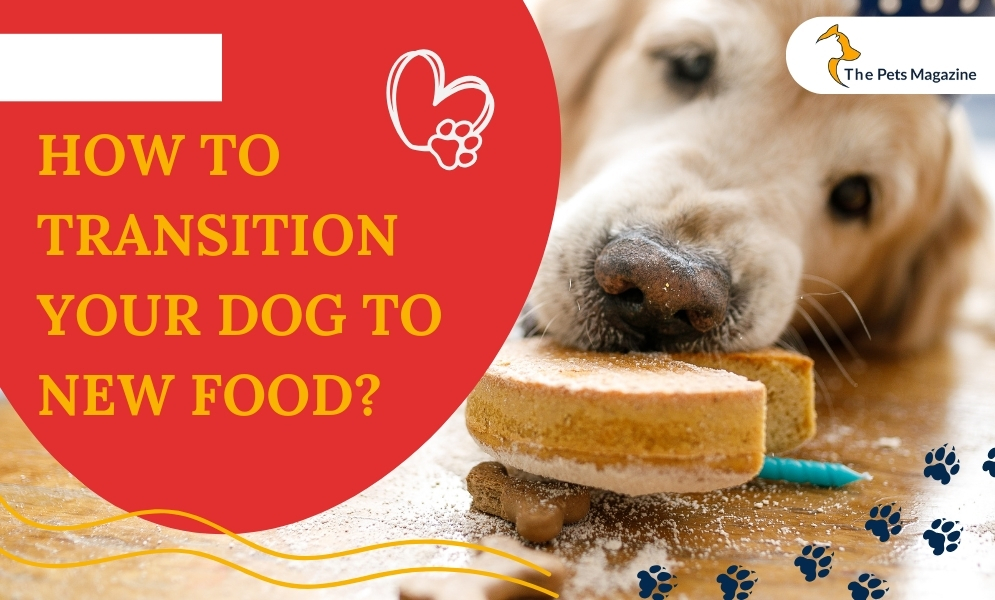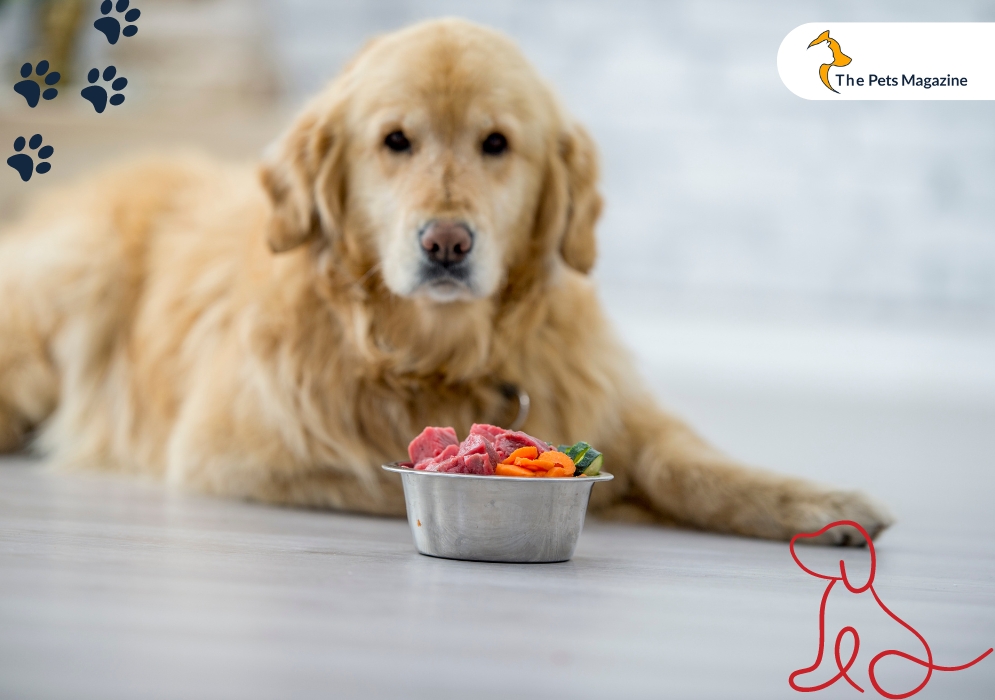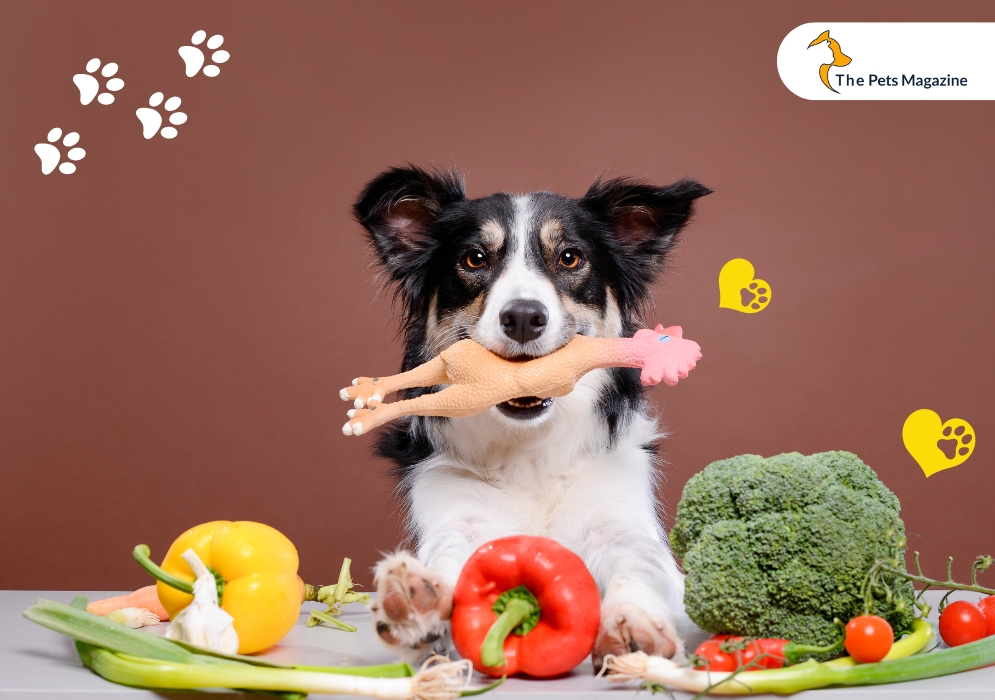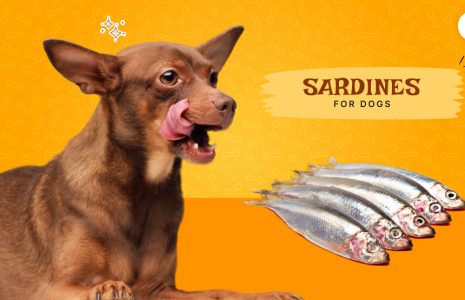From Picky Eater To Foodie: How To Transition Your Dog To New Food


Is your dog a picky eater, turning up their nose at anything new you put in their bowl? You’re not alone. It is a common challenge that a lot of pet parents face, but the good news is that with the right approach, you can transform your finicky canine into a food-loving enthusiast.
In this article, we’ll explore practical tips and strategies to help you make the transition smoothly and successfully. From understanding your dog’s preferences to gradually introducing new foods, we’ll guide you every step of the way. Let’s dive in.
Is your dog a picky eater, turning up their nose at anything new you put in their bowl? You’re not alone. It is a common challenge that a lot of pet parents face, but the good news is that with the right approach, you can transform your finicky canine into a food-loving enthusiast.
In this article, we’ll explore practical tips and strategies to help you make the transition smoothly and successfully. From understanding your dog’s preferences to gradually introducing new foods, we’ll guide you every step of the way. Let’s dive in.
Why Should I Transition My Dog to a New Food?

There are a variety of reasons why a dog parent may need to transition their furbaby to a new food. Some dogs may develop allergies to certain ingredients in their current food, while others may require a change in diet due to weight management or other health issues. Still, some dogs may simply outgrow their current food or need to switch to a food that better meets their nutritional needs as they age.
Transitioning your dog to a new food can bring a host of benefits, including better digestion, improved skin and coat health, and an overall boost in energy and vitality. Moreover, a diet that is tailored to your dog’s specific needs can help prevent or manage chronic health conditions, such as obesity or joint problems.
It is important to transition your dog’s food slowly and carefully. Doing this helps them get used to the new food and can make it easier for their stomachs to adjust. And this post will guide you on how to make this transition smooth and successful.
How To Prepare For The Transition

Transitioning your dog to a new food is an important step for their overall well-being. It’s essential to research different types of dog food options available in the market, such as kibble, dry dog food, and different raw and fresh options.
Each type of food has its own set of benefits, and it’s important to choose one that is appropriate for your dog’s age, size, activity level, and nutrient and caloric needs.
For example, if your dog has a sensitive stomach or food allergies, raw or fresh food may be a good choice. Make sure to pay attention to the ingredients list, avoid foods that contain fillers or artificial preservatives, and consider your dog’s dietary restrictions.
Before making any changes to your dog’s diet, it is always a good idea to consult with your veterinarian. They can provide guidance on the best types of food for your dog, as well as help you identify any potential health issues that may be impacting your dog’s dietary needs. They can also advise you on how to safely transition your dog to the new food to minimize any digestive issues.
Once you’ve decided on a new dog food, it is recommended to introduce the new food gradually in order to allow the dog to adjust to it. It is better to mix the new diet with the old food and gradually increase the amount of new food in the mixture until your dog is eating only the new food. This approach takes time, but it is much less stressful for the dog and also reduces the risk of stomach upset or diarrhea.
How to Make The Transition To New Food
Making the transition to new dog food can be quite easy if you know what to do. If you dont know what to do, then you may run into some problems. So check out the following guidelines.
Introduce Small Amounts Of New Food At A Time
Once you have prepared for the transition and have chosen a new food for your dog, it’s time to start introducing it. Start by adding a small amount of the new food to your dog’s current food. Begin by mixing in just a teaspoon or so of the new food, gradually increasing the amount over the course of several days.
Monitor Your Dog’s Reaction To The New Food
It is important to keep an eye on your dog’s reaction to the new food, as some dogs may have trouble adjusting to a new taste or texture. If your dog seems hesitant to eat the new food, or if they experience any digestive issues, such as diarrhea or vomiting, slow down the pace of the transition and consider consulting your veterinarian.
Gradually Increasing the Amount OF New Food
As your dog becomes more comfortable with the new food, you can gradually increase the amount of new food in the mixture. The transition period can last anywhere from several days to a few weeks, depending on your dog’s preferences and how quickly they adapt to the new food.
Adjusting The Transition Period Based On Your Dog’s Needs
Remember that every dog is different, and some may take longer to adjust to a new food than others. Don’t rush the transition process, and be prepared to adjust the schedule based on your dog’s needs.
If your dog seems hesitant to eat the new food, it may be helpful to try different flavors or textures to find one that they like.
What To Do If Your Dog Refuses To Eat The New Food
Some dogs can be picky eaters and may refuse to eat the new food. In this case, it may be helpful to try different flavors or textures of food or mix the new food with a small amount of food that your dog is already familiar with. You can also try the tips and tricks you have mentioned below:
Tips For Making The Transition Easier
If you are finding it difficult to make your dog transition to the new food, then here are some things you can try:
- Use wet food or add water to dry food: Some dogs May find wet food or food mixed with water more palatable. This can make it easier for your dog to transition to a new food, especially if they are used to eating dry food. Moistening dry food before serving can also make it more appealing.
- Mix familiar food with new food: Mixing a small amount of familiar food with the new food can help your dog transition more easily. This can make the new food more appealing and make it less likely that your dog Will refuse to eat it.
- Stick to a consistent feeding schedule: Keeping to a consistent feeding schedule can help make the transition process go more smoothly. Stick to the same feeding schedule you had before the transition to minimize stress for your dog.
- Provide plenty of fresh water: Make sure your dog always has access to plenty of fresh water, especially during the transition period. This can help keep them hydrated and encourage them to drink more water, which will help them have a smooth transition.
If the problem persists, it’s important to consult with your veterinarian to rule out any underlying health issues.
Wrapping Up
Transitioning your dog from a picky eater to a food lover is a journey that requires patience, consistency, and a bit of creativity. By gradually introducing new foods, maintaining a positive feeding environment, and paying attention to your dog’s preferences and nutritional needs, you can help them develop a healthier and more varied diet.
Remember, every dog is unique, so what works for one may not work for another. Stay observant, be flexible, and most importantly, enjoy the process of discovering new favorites together. With these tips, you’ll not only improve your dog’s eating habits but also strengthen the bond you share. Happy feeding!









Leave A Comment